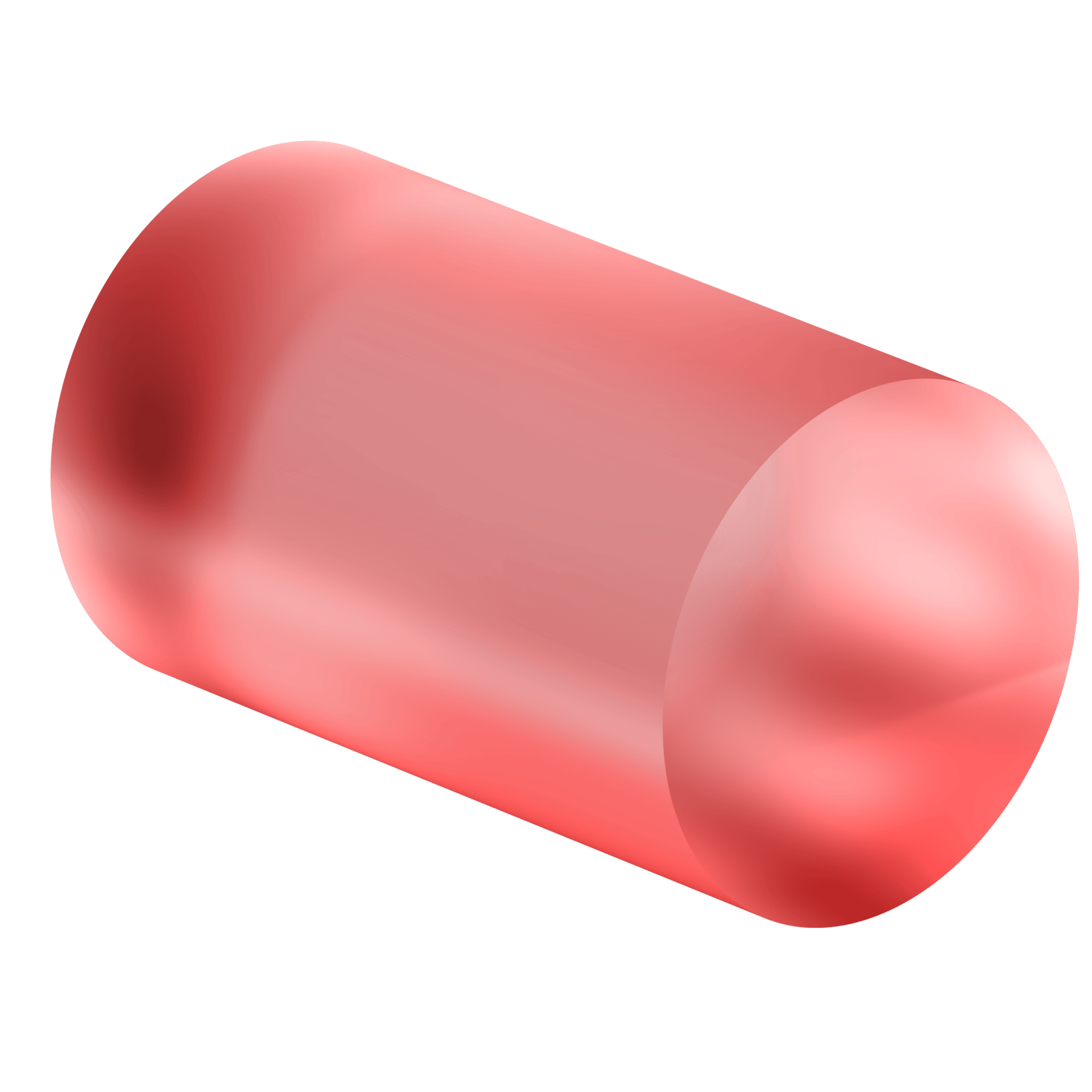Parallax Website:
Create Effortlessly Slick Web Experiences
Parallax scrolling is one of the most popular and enduring web design trends—and for good reason. Bring instant depth, dimension, and wow-factor to any website.
Click
Optimizely Integration




In today’s crowded online market, it can be hard to stand out. With almost two billion websites currently online, brands are constantly looking for ways to cut through the digital noise and make an impression. Quality content counts for a lot, but innovative design is ultimately what makes the experience memorable.
This is where parallax magic comes in. Parallax websites are sites that make clever use of parallax scrolling—a powerful effect that’s already made a lasting impact on modern web design. But what exactly is parallax scrolling, and how can you use it to elevate your own website?
What Are Parallax Websites?
How Parallax Scrolling Works
Parallax scrolling is a visual technique that’s used to create a sense of movement, fluidity, and depth, giving websites an instant premium feel and wow-factor. The sensation of depth and dimensionality creates a faux-3D effect which can make designs feel more immersive. When done right, parallax scrolling can bring a website to life, giving visitors a dynamic web experience and displaying content in striking, bite-sized segments.
For something that looks so complex, parallax scrolling is remarkably simple: it just involves moving different layers of your content at different speeds. The word “parallax” actually refers to the effect when the position or direction of something seems to change when viewed from a different perspective.
A common example of this can be seen when you’re in a car, and when you look out the window, street lamps appear to rush past while trees in the distance seem to coast by slowly. Parallax websites create the exact same optical illusion. Just as in real, physical life, background elements are often set to move at much slower speeds than foreground elements.
Unlike other interactive web design techniques requiring click-triggered animation, parallax scrolling bursts to life as you scroll up and down the page. Introducing these engaging touches can encourage users to keep scrolling, giving you more time to create a lasting positive impression.
The Significance of Parallax in Web Design
While many web design trends are extremely short-lived, parallax has proven it’s here to stay. It might seem like a modern technique—it’s still a hallmark of quality, contemporary web design—but it’s actually been around for decades.
Technically speaking, the first parallax movement to ever hit our screens occurred during the 1930s. In the early days of animation, Disney used parallax to create a feeling of depth in their 2D screens. One of the most famous examples of this can be seen in Snow White and the Seven Dwarfs, where the Queen drinks a potion and the surroundings seem to spin around her. This effect was created by having the background and foreground move in opposite directions.
Then, in the early 1980s, many 2D game designers also turned to parallax graphics to create a sensation of depth. Games like Sonic the Hedgehog and Super Mario Bros. created the illusion of moving distant backgrounds by slowing the speed of background elements and keeping the speed of foreground objects – whether hedgehogs or Italian plumbers – much faster.
Online, the parallax movement also started simply, using only two layers. This technique involved a foreground layer scrolling over a background layer, creating the sensation of movement. Over the years, as JavaScript advanced, it became easier for designers and developers to build more sophisticated parallax websites, and these days, there are all kinds of exciting new parallax techniques you can use.
Today, you can have multiple layers of parallax working in the background and foreground, moving in vertical or horizontal directions, all at different speeds for a seriously impressive visual effect.



Ways to Use Parallax on Your Website
Theory covered, let’s dive into some of the interesting ways you can incorporate parallax into your website.
Image parallax
This is the classic example of parallax scrolling, where background and foreground images move at different speeds as you scroll through a page, creating a smooth, engrossing transition. A good example of this can be seen on Every Last Drop, which tells us a story about water usage using moving images.
Multi-layer parallax
You can create a staggered parallax effect by adding multiple layers of a background and foreground image which scroll at different speeds. An impressive example of this can be seen in ESPN’s feature on baseball player Dock Ellis, where layered elements create a sense of depth.
Horizontal parallax
While most parallax sites use vertical scrolling, you can take things in a horizontal direction to make your website really stand out from the crowd. A great example of this can be found on, where the pages move from left to right in a seamless animated transition. This is a particularly great choice for weaving transitional animated scenes throughout your content. Long Shot Features also use horizontal scrolling to great effect in their stylised, graphic-led homepage.
Mouse move parallax
While we’ve established that parallax is a scroll-triggered effect, you can actually also use mouse move parallax—it’s just a lot more niche. This is where moving your cursor around a page causes layers to move at different speeds, and even in different directions. A subtle example of this can be seen in the TEDx website, where the logo, images and hero texts shift as you move your mouse around.
Scroll-Triggered Effects Similar to Parallax
Many people use “parallax” to refer to other scroll-based animations that aren’t, technically, parallax effects. We thought it’s still worth mentioning a few of these, as they can work really well alongside “true” parallax.
Scale elements up and down
For another way to add depth to your website, you can create a zooming effect by scaling elements up and down on scroll. A simple yet effective way of using this technique can be seen on the BeerCamp website, where layers advance towards you as you scroll deeper, giving you the sense of zooming through the website.
Rotate elements
Rotating elements on scroll is a great way of drawing the viewer’s attention to one focal point and creating a memorable experience. A great example of this effect can be seen on Dave Gamache’s parallax website, where a mobile device rotates from horizontal to vertical.
Striking Parallax Website Examples
Ready to see how these techniques are used in the wild? We’ve compiled a few choice parallax website examples that put this theory into gorgeous practice.
How to Create a Parallax Website
There are many different ways to create parallax websites and parallax scrolling effects, depending on the tools and frameworks you’re familiar with. Coding a parallax website from scratch and getting it to look the way you want can take time. The good news is that there are no-code parallax tools available for those who either don’t know code, or simply want to streamline their website development process.
Pure parallax CSS
If you want to use CSS to create a parallax scrolling effect, check out this guide on W3Schools on using “background-attachment: fixed”. Try out the example code provided for setting container height using either pixels or percentages.
No-code parallax
Don’t know CSS or React—or simply don’t want to code parallax elements from scratch? Vev has you covered. Designers and content creators can customize pre-coded “image parallax” and “multi-image parallax” sections on a tactile canvas to create slick parallax websites. Vev’s “mouse move parallax” add-on can also be applied to any design element. Those who know React can take things even further using Vev’s CLI and in-build Code Editor.
React parallax
If you’re handy with React you have two different options for creating a parallax website. You can use “React-parallax”, which is a React component for parallax effect that works in client-side and server-side r
endering environments. Alternatively, you can use“React-scroll-parallax”, which uses React hooks and components to create parallax effects for banners, images, or other DOM elements.
GSAP parallax
Alternatively, you can use GreenSock, a JavaScript toolset that promises to turn developers into animation superheroes. The GreenSock Animation Platform lets developers build high-performance, professional-grade animations for the web. Check out their Scroll Trigger plug-in, which allows you to animate anything on scroll, toggle playback state, pin elements in place, and more. You can also check out the Scroll Smoother add-on, which allows you to animate elements at different speeds, leverage native scrolling, and integrate seamlessly with your GSAP animations.
How to Build a Parallax Website in Vev
Parallax websites look complex, but you don’t need a developer to build one. Vev product specialist Lewis walks through how to easily create a parallax website using Vev’s pre-built parallax image and video sections, multi-layer parallax effects, and more.
The Benefits of Parallax Websites
With a parallax website you can tell stories in an interactive way, and as your visitors scroll down, they’ll be captivated by the moving images and texts, and will feel truly immersed in the experience.
However, there are other big benefits to parallax scrolling aside from impressing your audience and keeping them engaged. Parallax scrolling allows you to take visitors on an interactive journey through your company, giving you the chance to show off your products and services, and direct people to calls to action in a natural and interesting way.

Ready to make your own parallax website?
Play around with our pre-coded parallax components to craft a stunning parallax website without having to code a thing. Publish anywhere on the web when you’re ready.